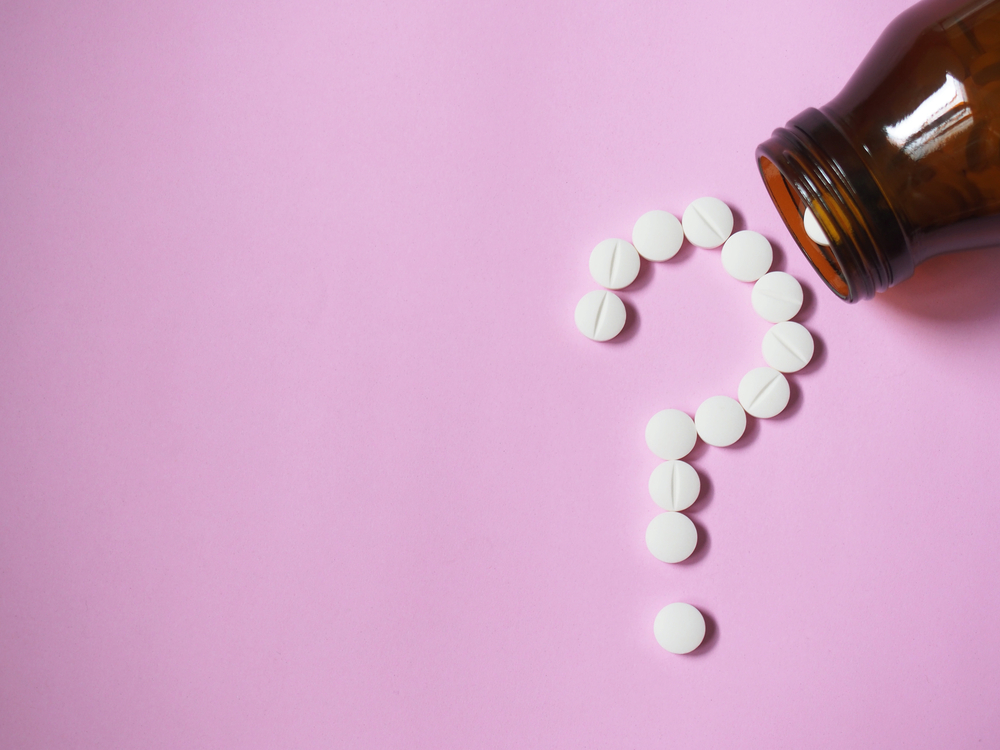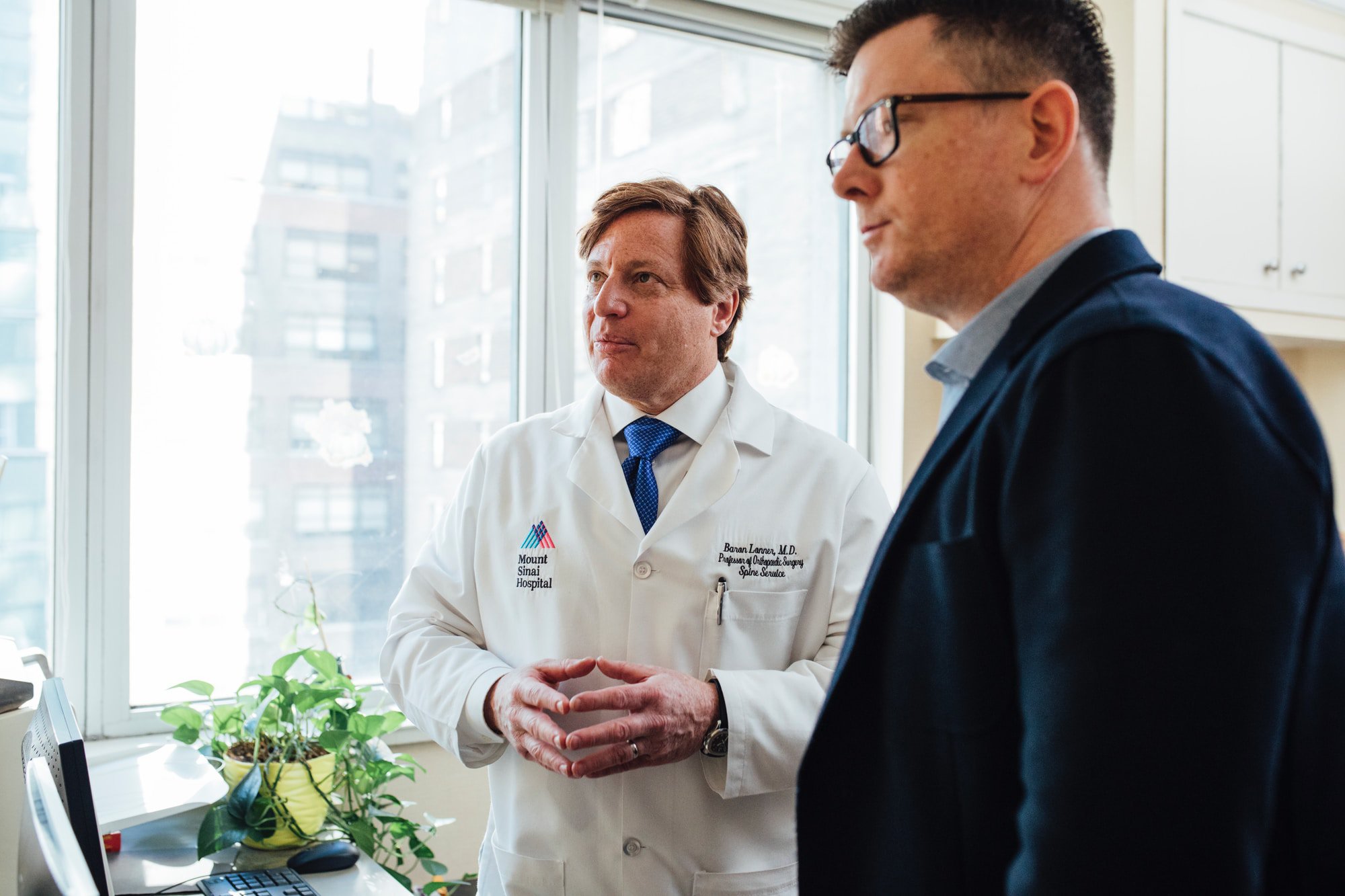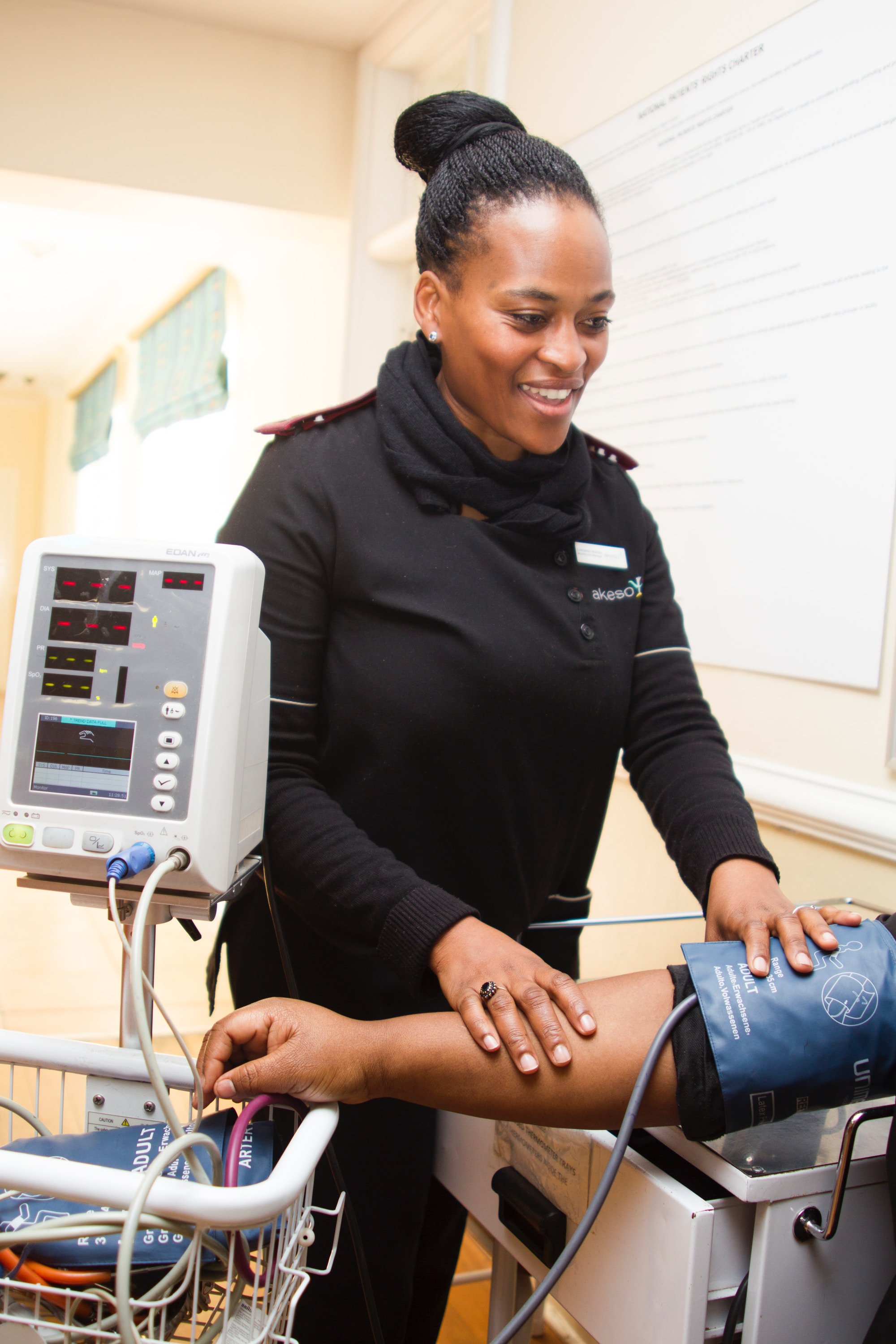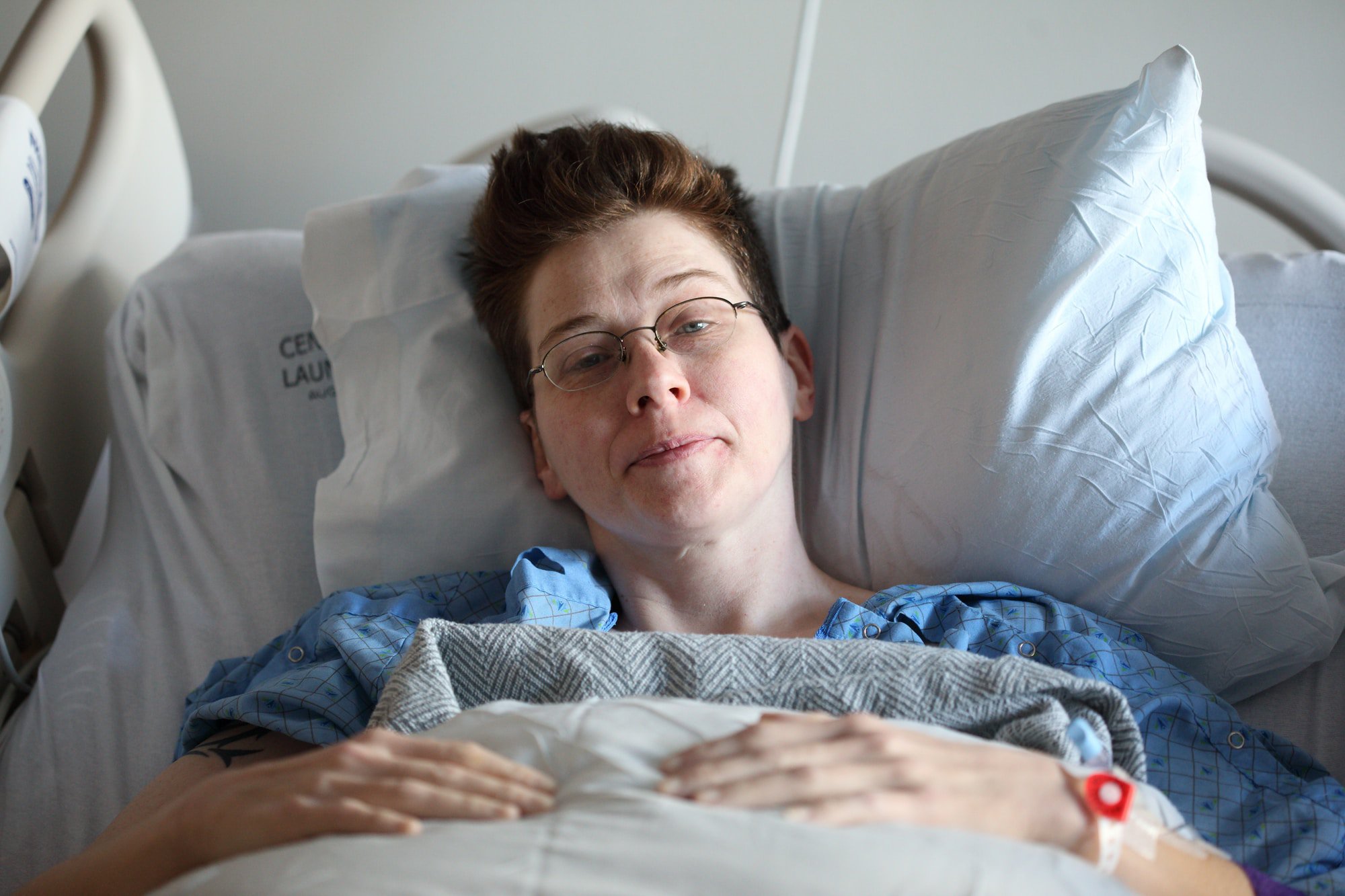Supporting Your Loved One in Suboxone Treatment
Do you have a loved one who is suffering from an opioid addiction? Don’t give up even though it might seem like they have a long and never-ending road ahead of them. There are options they can go through to get their sober life back. Learn more about how suboxone treatment and counseling can pave the way to regaining their sobriety, and how your support can reinforce their motivation to get the help they need.
The Mixed Emotions You Might Be Feeling
Are you finding it difficult to remain calm when it comes to dealing with your loved one’s addiction? Well, you are not alone. You might not feel like you can be supportive all the time because you’re overwhelmed with emotions while helping them get the help they need to recover.
You could be having mixed emotions on whether suboxone actually works or not. There are always positive and negative effects on people who have gone through different types of treatments. Having the best one for your loved one might be what has you worried about them using suboxone. Making sure that your loved one has the best treatment to fs
Do you have some concerns about suboxone becoming a substitute for their other drug addiction?
It’s normal for you to have doubts about treatments that don’t make sense to you. Addiction is a disease, so taking suboxone for addiction is much like a diabetic taking insulin to keep their diabetes under control. Your spouse, sibling, or child who has this affliction will still be clean and sober when they are taking suboxone because it is medication prescribed by their doctor to help them get through their detox and help prevent relapses.
So, what can you do? Doing some thorough research on suboxone could make you feel more comfortable in allowing your loved one to be treated with something that really works. If you are questioning the effects of suboxone, read the following information about how it is one of the best choices in treating opioid addicts.
How Suboxone Works
You might be wondering: how does this medication help? Suboxone is an excellent choice in helping drug addicts get their life back. Why is this? According to Mental Health.gov, when someone takes suboxone during their detox, they will not feel high. This is because their brain is tricked into thinking it’s receiving the opioids their body is used to and stops the withdrawal symptoms. Suboxone is also a partial agonist, which means it isn’t as strong as some medications like methadone in treating addiction. Therefore, it also reduces the risks of your loved one getting addicted to it.
One of the significant signs that your loved one is becoming addicted to a drug is craving it. Suboxone can also help reduce the cravings, or the doctor can adjust the medication for them, so they don’t crave the drug. Having cravings when they are detoxing can be detrimental to their recovery process. Therefore, this treatment can prevent relapses from occurring during this stage of their recovery.
What to Expect From Suboxone Treatment
For those who decide to take their suboxone treatment at home, they will have to see a doctor who will give a thorough examination. The physician will ask several related questions concerning their health to make sure this medication is right for them. Everyone’s body is different, so your loved one might not be able to handle this type of treatment.
Before they even start to take the prescription, a person has to be experiencing the withdrawal symptoms. As reported by The National Alliance of Advocates for Buprenorphine Treatment, taking it before the start of detox will make the withdrawal symptoms more severe than it should be.
Like with any medication, it should be taken precisely as prescribed by the doctor. Make sure you remind your loved one that taking more than prescribed will not make them feel better faster because that’s not how medicine works.
After taking this medicine, they can return to work by the second day. According to The National Alliance of Advocates for Buprenorphine Treatment, your loved one will feel like they never took any drugs by day 5. It’s hard to imagine your loved one feeling like they never abused those drugs, but this treatment is excellent at helping them feel like they can stay sober.
After a couple of weeks of feeling normal, your loved one might think they are cured, or they no longer need suboxone. However, remind them that this process won’t be so easy or fast. They will have to be patient when it comes to being able to remain drug-free without the assistance of suboxone.
However, they will still need counseling with a professional therapist to ensure they remain sober. This is a disease that will not go away or be cured with one suboxone treatment. By continuing their counseling sessions, they can maintain their sobriety and still live a normal life with you.
The therapist can also assist them in figuring out when they no longer have to rely on suboxone to stay sober. Also, NA meetings can help them get further support from those they can connect with others who are going through similar situations.
How to Be Of Support When Your Loved One is in Suboxone Treatment
Keeping your judgment and opinions to yourself might be hard when supporting your loved one who is in suboxone treatment. You can seek Nar-Anon meetings or your own therapy sessions to help you get through your own emotions and feelings on the matter. These are both ways you can express your anger, pain, and impatience that you might feel more comfortable communicating with people who can relate to your side. This can enable you to remain healthy and supportive for your loved ones.
Do you know what type of suboxone treatment is right for them? Inpatient and outpatient rehab treatment centers are also available for opioid addicts. You can both figure out which is better suited for their needs, while still taking finances into account.
Your Loved One May Need Extra Help
If you think your loved one can’t handle their detox alone or take their medication exactly as prescribed by their physician, you might want to encourage them to get treatment at a rehab facility. The doctors at rehab facilities can monitor them and make sure they only take the prescribed amount. This can reduce the chances of them abusing the drugs or becoming addicted to it.
Meanwhile, you can encourage your loved ones to share their experiences with you so you can be a shoulder for them to lean on. It’s essential to stay supportive through their recovery process. Your love might be the most powerful motivation for them to stick with the program and remain sober.









